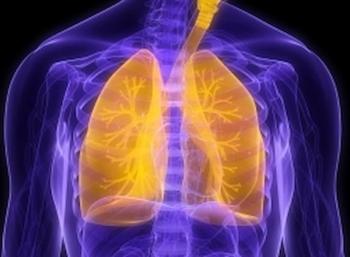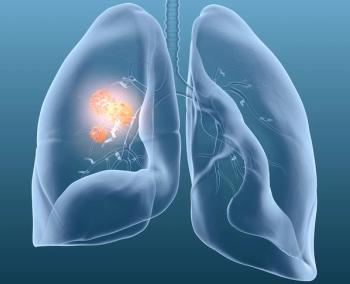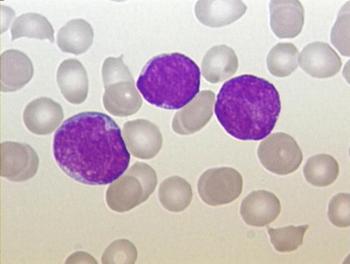
Managing AEs Associated With The EV-302 Trial Regimen in Bladder Cancer
Thomas Powles, MBBS, MRCP, MD, highlighted fatigue, nausea, and peripheral neuropathy as toxicities observed with enfortumab vedotin plus pembrolizumab.
Thomas Powles, MBBS, MRCP, MD, spoke with CancerNetwork® at the
Regarding the most common adverse effects (AEs) associated with the enfortumab vedotin combination, Powles, a professor of genitourinary oncology, lead for Solid Tumor Research, and director of Barts Cancer Institute at St. Bartholomew’s Hospital, Queen Mary University of London, in London, United Kingdom, highlighted fatigue, nausea, rash, and peripheral neuropathy as potential toxicities. Additionally, he described how the combination did not confer interstitial lung disease compared with other antibody drug conjugates.
After a median follow-up of approximately 2.5 years, the most common treatment-related AEs of any grade in the enfortumab vedotin arm of the EV-302 trial included peripheral sensory neuropathy (51.8%), pruritus (40.7%), alopecia (33.2%), maculopapular rash (32.7%), and fatigue (29.8%).
Transcript:
The most significant toxicity associated with enfortumab vedotin plus pembrolizumab is different from chemotherapy [in 3 ways]. Yes, it’s associated with some fatigue. It’s associated with some nausea, but it does have the skin rash: a red skin rash sitting on the flexor surfaces that occurs during the initial period of therapy, during the first 3 or 4 cycles. That’s quite common, and that requires dose interruptions and dose reductions.
After 6 or more cycles, patients tend to get peripheral neuropathy, [which feels like] pins and needles in their feet. If you do not intervene, that can be progressive and problematic. [Treatment] can also cause some hyperglycemia, and that hyperglycemia [occurs] only in 1% to 2% of patients who require intervention. Some patients indeed require diabetic-type treatment.
Those are 3 key areas of toxicity. [Treatment] is not associated, particularly, with interstitial lung disease as some of the other [antibody drug conjugates]. There are some corneal abnormalities, but the eye toxicity with this particular regimen is particularly minimal.
Reference
Powles TB, Van der Heijden MS, Loriot Y, et al. EV-302: Updated analysis from the phase 3 global study of enfortumab vedotin in combination with pembrolizumab (EV+P) vs chemotherapy (chemo) in previously untreated locally advanced or metastatic urothelial carcinoma (la/mUC). J Clin Oncol. 2025;43(suppl 5):664. doi:10.1200/JCO.2025.43.5_suppl.664
Newsletter
Stay up to date on recent advances in the multidisciplinary approach to cancer.

















































































